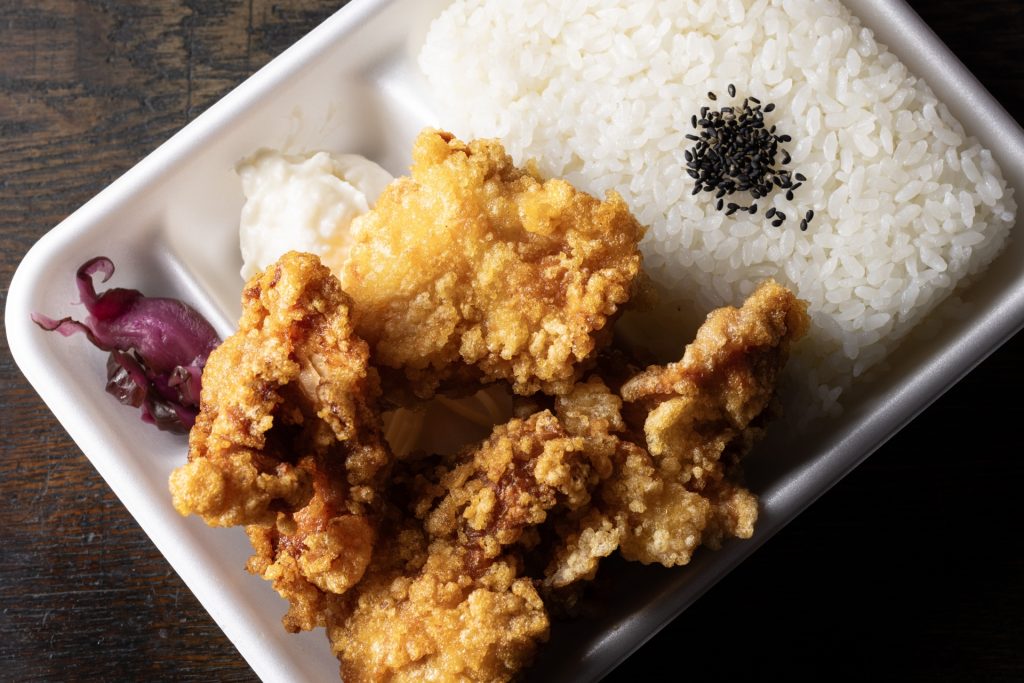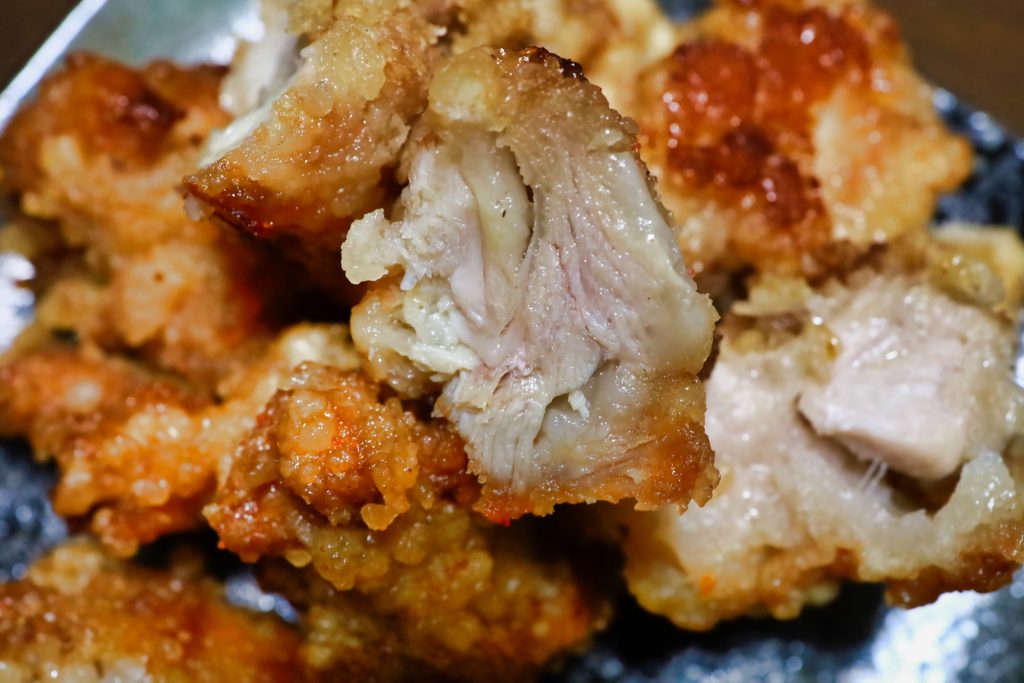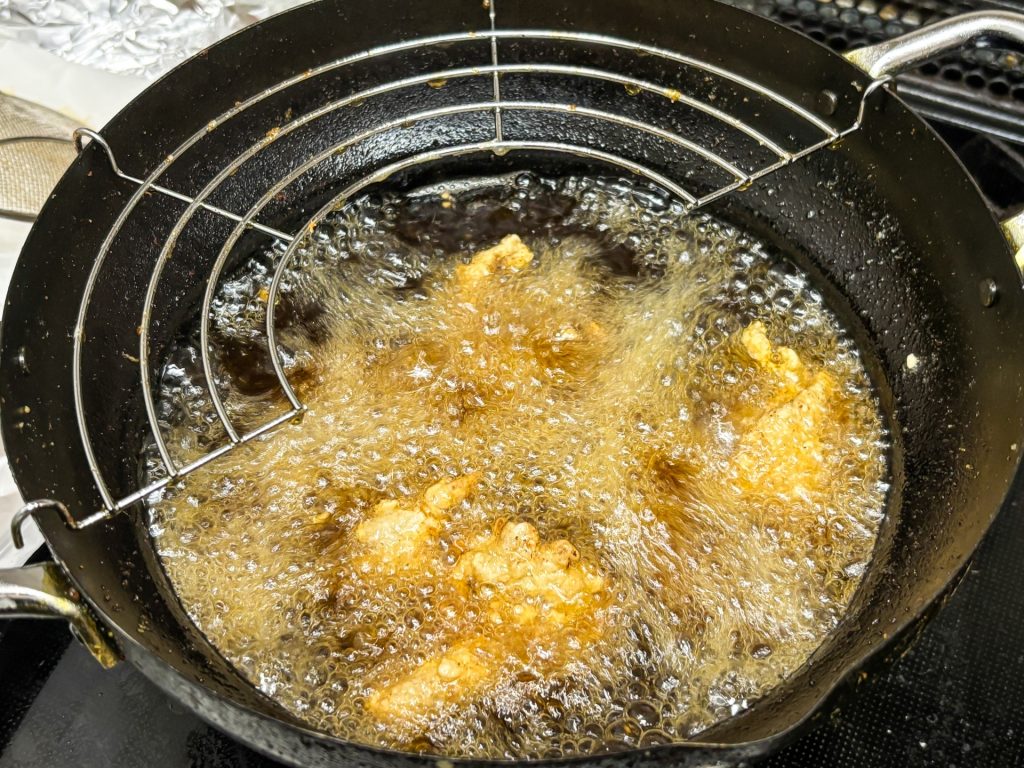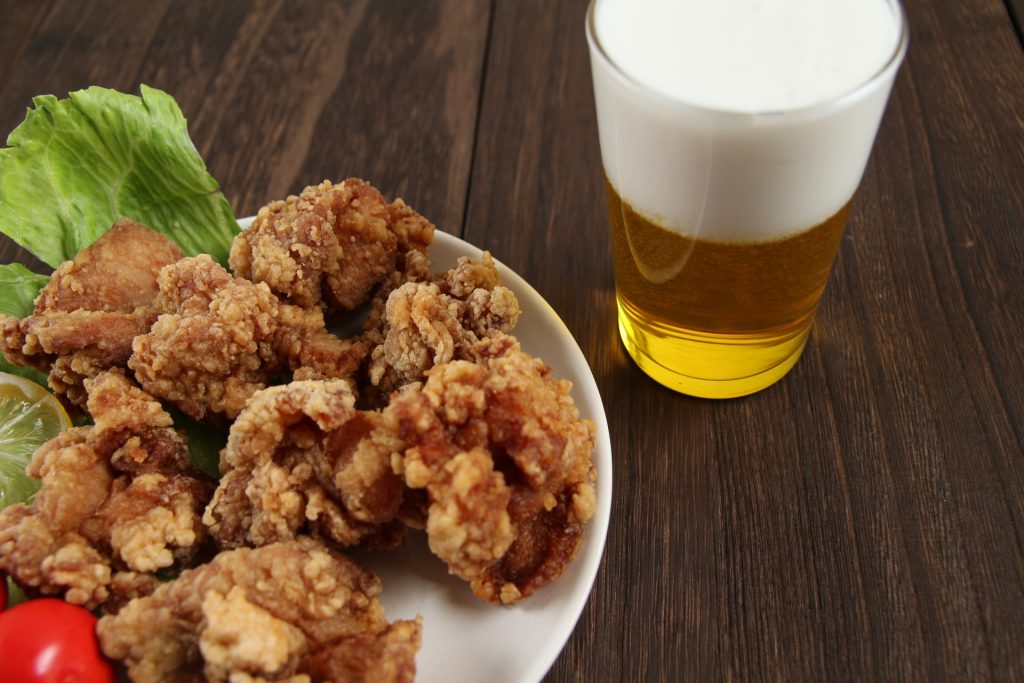Karaage is one of Japan’s most beloved dishes, renowned for its perfectly crispy exterior and juicy interior. This signature balance has made karaage a favorite not only in Japan but also internationally. However, how much do we really know about this dish? From its history and fun facts to tips for making it at home and discovering must-visit restaurants, this article has it all. Let’s dive into the world of karaage and make your karaage life even more enjoyable!
The History and Origins of Karaage

Rooted in China? The Origins of Karaage
The word “karaage” is said to be derived from “kara,” which refers to China, as it draws inspiration from Chinese frying techniques. The dish as we know it today, however, emerged in the Showa era (1926-1989) during post-war Japan, when chicken became more accessible.
What sets Japanese karaage apart is its soy sauce-based seasoning, a staple of Japanese cuisine. This addition created the distinctive flavor we now associate with karaage, transforming it into a beloved item on the dinner table and a standard in izakaya (Japanese-style pubs).
Secrets Behind Karaage’s Delicious Flavor
Potato Starch vs. Wheat Flour: Which Do You Prefer?
The coating of karaage is critical, and whether you use potato starch (katakuriko) or wheat flour can make a big difference. Potato starch gives a light, crispy finish, while wheat flour creates a denser and crunchier texture. Many opt for a mix of both to strike the perfect balance, depending on personal preference.
The Importance of Marination
The secret to flavorful karaage lies in the marinade. Ingredients such as soy sauce, sake, and ginger form the base, and the length of time the chicken soaks can greatly affect the depth of flavor. Marinating for 30 minutes to an hour is ideal, but be cautious — over-marinating can result in tougher meat.
Fun Facts About Karaage
Chicken Cuts Impact the Flavor
While thigh meat is the most common choice for karaage due to its juicy and rich taste, chicken breast also has its fans for a leaner, lighter option. Additionally, using tender chicken loin (sasami) creates a more refined and delicate karaage experience. Each cut offers its own unique flavor and texture.
Why Karaage Tastes Good Even When Cold

One of karaage’s biggest strengths lies in its ability to stay delicious, even when it’s no longer hot. This is thanks to the marinade, which ensures flavor penetrates deep into the chicken. Additionally, the coating locks in moisture, preventing the meat from drying out. This makes karaage not only ideal for meals at home but also perfect for lunchboxes or picnics.

Why Karaage is Loved by Everyone
Karaage is more than just a popular izakaya dish — it has become a staple for home cooking, bento boxes, and even takeout. Its universal appeal comes from its delicious flavor, versatility, and its unique ability to seamlessly fit into various dining scenarios.
Crispy Outside, Juicy Inside

The most captivating feature of karaage is undoubtedly its signature texture. The crispy coating provides a delightful crunch, while the juicy chicken inside bursts with flavor in every bite. This combination of textures and savory richness makes it a dish you’ll crave over and over again.
A Flavor for Everyone
Karaage’s seasoning is rooted in familiar Japanese flavors such as soy sauce, salt, garlic, and ginger. These simple yet comforting flavors ensure that karaage is appealing to people of all ages. Moreover, with endless variations like spicy karaage, lemon-flavored karaage, or globally inspired twists, the dish can adapt to suit anyone’s taste buds.
Versatility for Every Occasion
Karaage fits perfectly into countless dining scenarios. Whether it’s the main dish at dinner, a staple addition to a bento box, or brought along to a picnic or party, karaage is a culinary chameleon. Its ability to taste delicious both hot and cold allows it to shine no matter the setting.
Easy to Handle and Satisfying
Usually served as bite-sized pieces, karaage is easy to eat with chopsticks or even by hand, making it accessible and shareable for all. Despite its small size, each piece delivers rich, satisfying flavor, pleasing both solo diners and large groups.
Infinite Variations
While soy sauce-based karaage is a classic, the dish lends itself beautifully to a variety of adaptations. From salt-seasoned or garlic-heavy versions to Korean-style yangnyeom chicken or spiced variations, karaage remains endlessly customizable. This flexibility keeps it exciting and ensures it’s a dish people always come back to.
Tips for Making Perfect Karaage at Home

- Marinate Thoroughly
Create your marinade using soy sauce, mirin, ginger, and garlic for a classic taste. Don’t hesitate to add your favorite spices to make it your own. - Coat Just Before Frying
Leaving the chicken coated for too long before frying can result in soggy and uneven crusts. Coat the chicken just before putting it into the oil. - Control Frying Temperature
Begin frying at 170°C (340°F), then increase to 180°C (356°F) to achieve a perfectly crispy exterior while ensuring the meat stays juicy inside.
Must-Try Karaage Restaurants
If you’re a true karaage enthusiast, experiencing professional-level karaage is a must! Here are three highly rated restaurants to visit:
- Karayama
Operating nationwide in Japan, this chain is known for its hand-marinated, freshly fried karaage. The “Salt Karaage Set Menu” is particularly popular among fans. - Mori Yama
Based in Oita Prefecture, known as the karaage capital of Japan, this shop specializes in karaage marinated in a secret soy-based sauce. It’s a must-visit for true karaage lovers. - “Sekai no Yamachan” (World of Yamachan)
Famous for its Nagoya-style fried chicken wings, this restaurant’s karaage-like wings are coated in irresistible sweet-and-savory sauce and spices. They pair perfectly with beer!
The Bright Future of Karaage

While karaage may seem simple, it holds a rich culinary tradition and endless possibilities for creativity and personalization. Whether enjoying your own homemade version or visiting specialty shops to discover their unique takes, karaage offers joy and deliciousness in every bite. Next time you enjoy karaage, take a moment to reflect on how much flavor and tradition are packed into this crispy, juicy delight!















